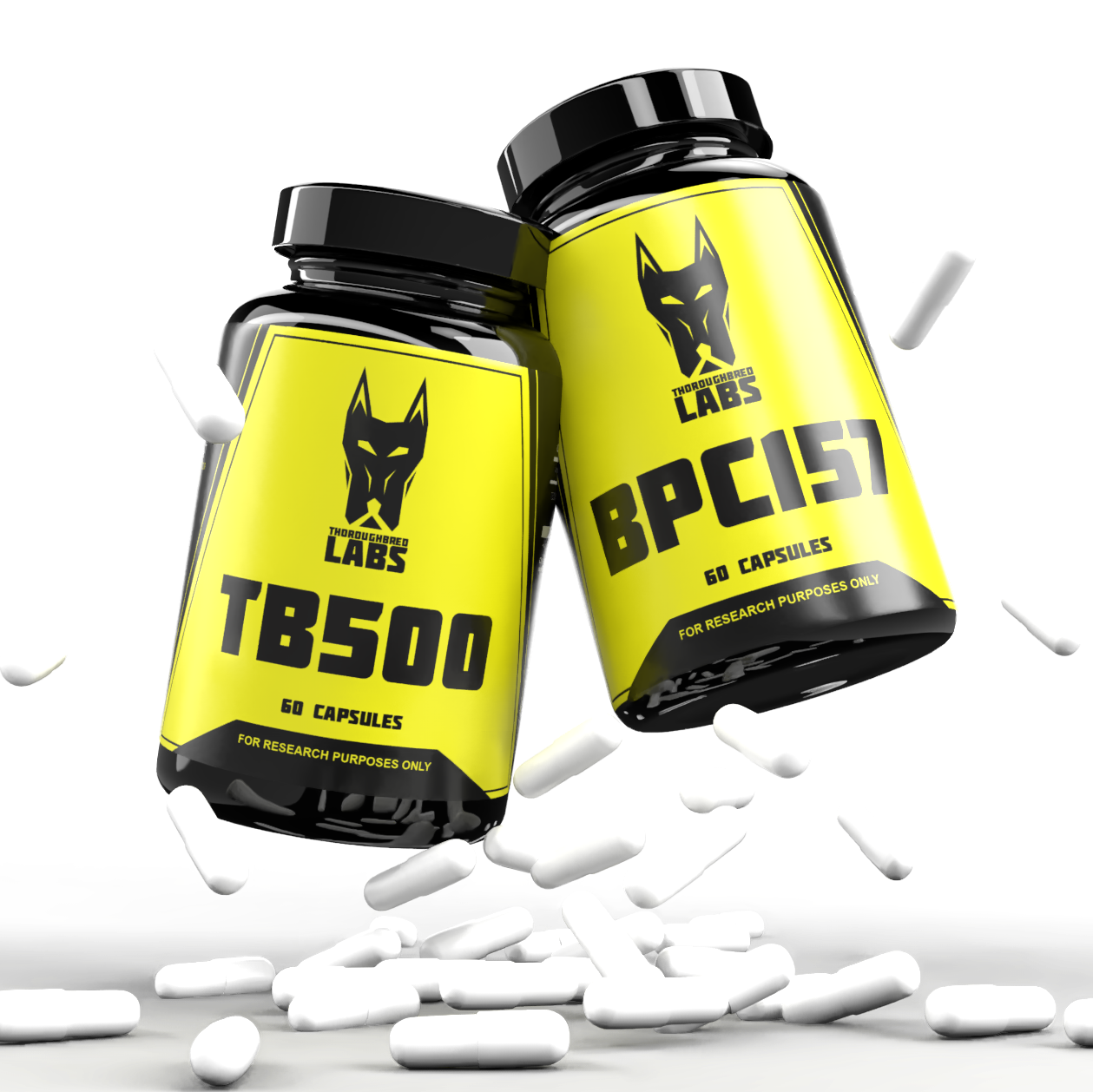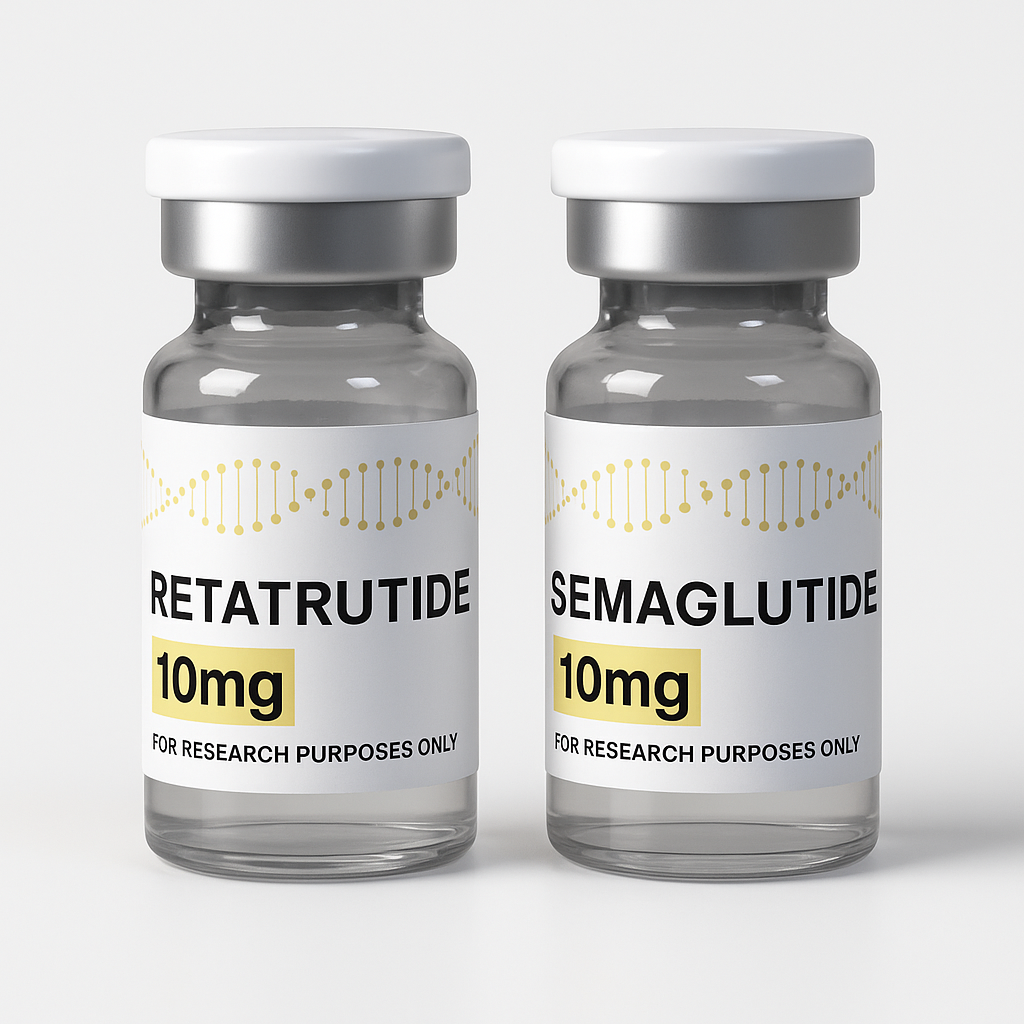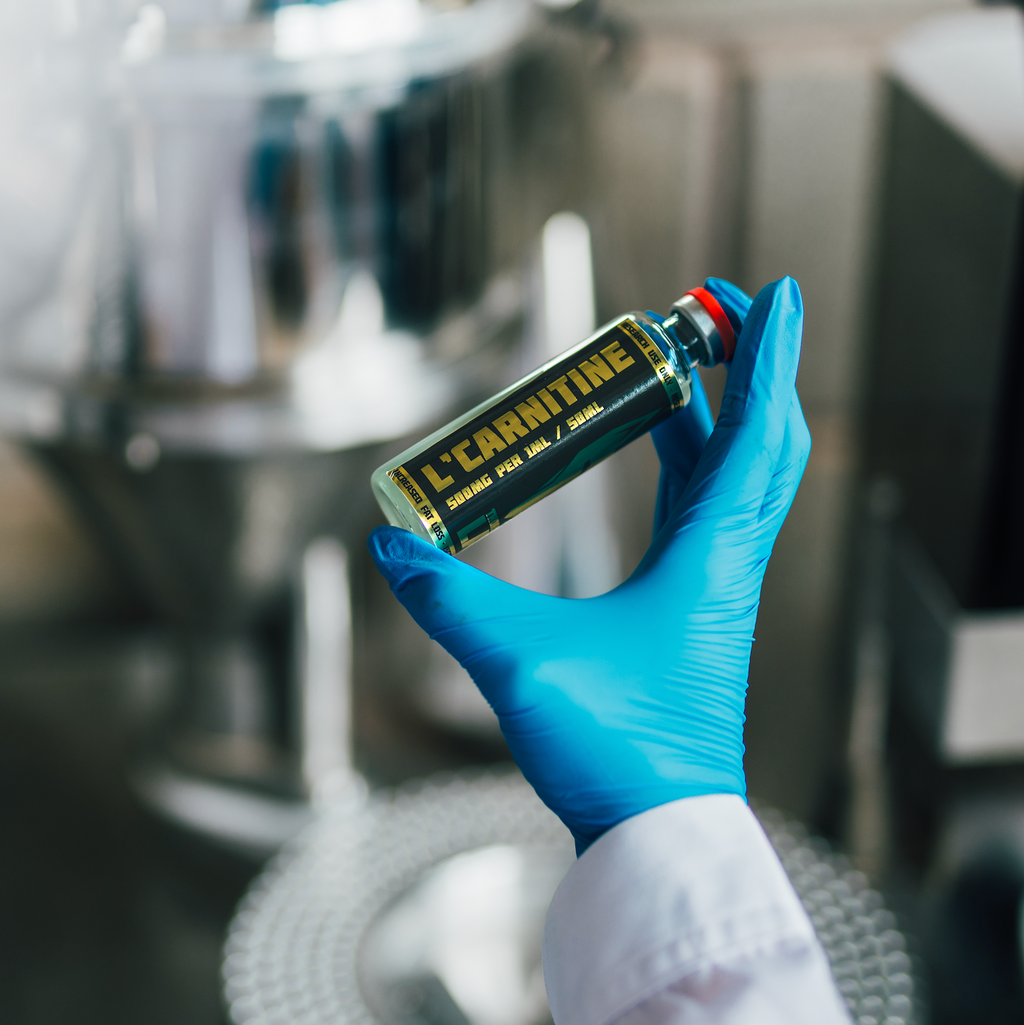BPC‑157 & TB500: What Are They & How Might They Work Together

What is BPC‑157?
-
BPC‑157 (“Body Protection Compound‑157”) is a peptide (15 amino acids) originally discovered in human gastric juice. PubMed+4Peptide Supplies+4selleckchem.com+4
-
It has been studied in preclinical (mostly animal) models for its cytoprotective, angiogenic, anti‑inflammatory, wound‑healing, and gut‑healing effects. Peptide Supplies+4selleckchem.com+4PubMed+4
-
Some mechanistic findings include: modulation of nitric oxide (NO) pathways; effects on inflammatory cytokines; promotion of blood vessel (endothelial) cell proliferation and migration; enhancement of collagen synthesis; protective effects in various tissues (gut, muscle, tendon) under stress or damage. selleckchem.com+3PubMed+3Frontline Alternative+3
-
There is very limited human data so far. One pilot study (n = 2 healthy adults) with intravenous BPC‑157 (up to 20 mg) showed no adverse effects on biomarkers of heart, liver, kidneys, thyroid, or glucose levels. PubMed
What is TB500 (Thymosin Beta‑4 / fragment)?
-
TB500 refers to a synthetic fragment (sometimes the specific actin‑binding motif; e.g. Ac‑LKKTETQ) derived from Thymosin Beta‑4. The native protein, Thymosin β‑4, plays roles in tissue repair, cell migration, inflammation modulation, angiogenesis, etc. BioHuman Labs+3MedchemExpress.com+3Swolverine+3
-
In preclinical/in vitro/in vivo models, TB500 has been shown to:
-
Promote cell migration (especially of cells involved in repair, like endothelial cells, fibroblasts), in part via actin dynamics and cytoskeletal reorganization. BioHuman Labs+4Nupex+4Swolverine+4
-
Enhance angiogenesis / formation of new blood vessels. biohealthpeptidesproteins.com+3EllieMD+3Nupex+3
-
Modulate inflammation (reduce pro‑inflammatory signaling), reduce fibrosis, mitigate oxidative stress in certain injury or wound models. biohealthpeptidesproteins.com+3Nupex+3BioHuman Labs+3
-
-
Its ability to modulate cell migration, essentially “direct” actin reorganization, is considered one of its key features. Swolverine+1
What Does the Research Actually Support So Far?
It’s important to note that:
-
Most of the data comes from animal studies, cell culture, or in vitro wound healing models. Human clinical trial data is very minimal or lacking for many claimed uses.
-
Some claims (especially of “synergy” or “super‑healing”) are more speculative or based on anecdote or non‑peer‑reviewed sources.
-
Dosage, delivery method, route of administration, safety, long‑term effects are poorly established in humans.
How They Might Work in Synergy
Given what is known about each, here are theoretical ways in which BPC‑157 + TB500 might act together to produce greater effects than either would alone. These are hypotheses grounded in mechanistic studies, not proven clinical facts.
| Function / Healing Mechanism | Role of BPC‑157 | Role of TB500 | Potential Synergy / Complementarity |
|---|---|---|---|
| Angiogenesis / Blood Vessel Health | BPC‑157 stimulates endothelial proliferation, supports vascular integrity, may modulate nitric oxide to improve local blood flow. Frontline Alternative+2PubMed+2 | TB500 enhances endothelial migration, helps formation of new vessels via actin remodeling, supports vascular network formation. Swolverine+2Nupex+2 | BPC‑157 may “seed” or stabilize angiogenic signals and growth; TB500 may help mobilize the structural cell migration needed to build the vessel network. Together could accelerate vascularization of injured tissue. |
| Cell Migration, Tissue Repair, Collagen / Structural Matrix | BPC‑157 may promote fibroblast activity, collagen production, protect tissues from damage, support repair of muscle/tendon/gut tissues. Peptide Supplies+2PubMed+2 | TB500 strongly supports cytoskeletal reorganization, helping cells move into damaged zones, perhaps enhance matrix remodeling. Swolverine+2Peptide Initiative+2 | BPC‑157 might create a favorable environment (reduced inflammation, supportive ECM), while TB500 facilitates physical migration of repair cells. This might lead to faster, better structured repair (e.g. better collagen alignment). |
| Inflammation & Protection from Secondary Damage | BPC‑157 has anti‑inflammatory effects and cytoprotective effects in multiple tissues; modulates cytokines; protects gut mucosa etc. Peptide Supplies+3PubMed+3Frontline Alternative+3 | TB500 also modulates inflammation, reduces pro‑inflammatory signaling, may reduce fibrosis and damage post‑injury. BioHuman Labs+2genesispeptides.com+2 | By combining, one might reduce acute inflammation more efficiently, thereby limiting tissue damage, swelling, pain, which would allow repair to proceed more cleanly. |
| Gut / GI Protection | BPC‑157 shows good evidence in rodent models of gut injury, ulcer healing, maintaining gut integrity. PubMed+1 | TB500 less studied in GI specifically, more in systemic injury/soft tissue. But its vascular/repair activities may support GI tissue healing indirectly. | For GI injuries or disease (e.g. ulcers, barrier damage), BPC‑157 might act directly; TB500 might enhance blood flow, cell recruitment. Together possibly faster or more robust healing. |
Thus, theoretically, the combination might offer faster repair, reduced scar formation, greater structural integrity, and better modulation of inflammation than either alone.
What Research Exists on Their Combination?
-
There is little high‑quality peer‑reviewed research (especially in humans) that specifically tests the combination of BPC‑157 + TB500 in controlled trials. Much of what is said about “synergy” comes from lab product descriptions, anecdotal reports, or websites selling peptide blends.
-
Some sources describing blends or stacks mention potential accelerated healing in tendons, ligaments, wounds etc. But these are often unverified or not published in major journals. (Note: many sites selling “stacks” are marketing/retail and not scientific journals).
-
I did not find robust randomized controlled trials in humans that compare monotherapy vs combination for major outcomes.
So while plausible, the synergy remains speculative based on mechanistic overlap, preclinical data, and anecdote.
Risks, Limitations & Safety Considerations
-
Peptides like BPC‑157 and TB500 are not approved for human medical use in many jurisdictions; regulatory oversight is weak or absent in many of the settings where they are sold.
-
Human safety data is very limited. Although BPC‑157 had a small pilot safety study (2 people) with short term infusion and no major adverse biomarker effects documented. PubMed
-
Possible risks include immune reactions, unknown toxicity, off‑target effects, or long‑term safety concerns.
-
Bioavailability is a question: route of administration matters (e.g. oral vs injection). Peptides are often degraded in the digestive tract, so if in “capsule” form, whether enough remains active is uncertain.
-
Quality / purity / sourcing is a major concern: since many vendors are not regulated, consistency of dosage, contamination risk, mislabeling etc.
-
There may be risks of over‑stimulating cell proliferation or angiogenesis in contexts where that is undesirable (e.g. in cancers or in tissues with pathological angiogenesis), though data is lacking.
Summary & Practical Takeaways (Research‑oriented)
-
From what we know, BPC‑157 and TB500 each have mechanisms that support healing, tissue regeneration, cell migration, angiogenesis, and inflammation modulation.
-
Their mechanisms overlap but are somewhat complementary: BPC‑157 more on protection, gut integrity, anti‑inflammation; TB500 more on facilitating migration, structural cell work (cytoskeleton/actin), vascularization.
-
If one were designing a research experiment or preclinical model, the combination is a reasonable hypothesis to test for improved healing or repair vs monotherapy.
-
But one should be cautious: rat/mouse results do not always translate to human, safety data is limited, and “capsules” forms may have very different pharmacokinetics / effectiveness than injectable or in vivo disbursed forms.
Conclusion
BPC‑157 and TB500 are two peptides that show promise in preclinical research for tissue healing, inflammation reduction, and regenerative processes. Their theorized synergy—combining cell migration & structural support (TB500) with cytoprotection and angiogenesis (BPC‑157)—makes for an appealing concept in regenerative science.
However, the evidence remains largely experimental, and many claims of synergy are not yet validated in human clinical trials. Anyone following or considering studies in this area should do so with careful attention to research design, safety, and regulation.
Disclaimer: The information provided here is for research and informational purposes only. Products mentioned are strictly not for human consumption and should be used only in compliance with applicable regulations.


